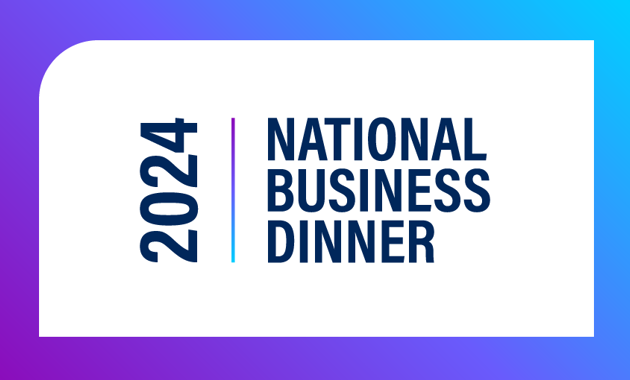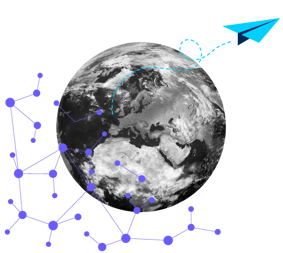- The CBI chevron_right
- Measuring inclusion
Measuring inclusion
Frost Included on how metrics can help firms take a targeted approach to inclusion.
Diversity is about getting the right mix of people, with the right skills and competencies. Inclusion is about making sure the mix we have works. Leveraging diversity successfully requires ensuring that an organisation and its employees are being as inclusive as possible – that employees of all backgrounds and demographics feel comfortable bringing their entire selves to work. It’s about people feeling a sense of belonging, feeling respected, valued, and seen for who they are.
It is only in those organisations that are both diverse and inclusive that these positive outcomes can be realised, and those benefits can be substantial. Overall, when both diversity and inclusion are present, organisations are more productive, generate more revenue, perform better on problem-solving and strategy tasks, come up with more creative solutions, are more accurate in predictions, are better at negotiating and make more optimal decisions. Additionally, employees at these organisations report increased engagement, motivation, trust, and well-being in the workplace.
Recognising the ethical imperative of equality of opportunity as well as these potential positive organisational outcomes, global firms are committing to becoming as inclusive as possible. However, standard workplace diversity training have been shown to be ineffective. A more effective method is to first diagnose which of your organisation’s behaviours and processes are contributing to or detracting from inclusion. After that, organisations can develop more targeted interventions to change the specific aspects of the organisation that need changing.
In essence, if we can diagnose more precisely what is broken in the system, we can intervene in a more targeted way. This will ensure that more effective and efficient interventions are put in place. Crucially, these are more likely to be adopted, and more likely to be sustainable.
Targeted approach
At Frost Included we have developed an approach based on employee perceptions of individual behaviours and broader practices that we know contribute to or detract from inclusion. The questions are developed from analysis and review of academic literature and include an assessment of perceptions of micro-behaviours, transparency and objectivity in personnel decisions, perceptions of negotiations, use of flexible ways of work and other areas. In addition to questions about inclusive behaviours, we assess demographics, educational background, and can include aspects of personality (e.g. introversion/extraversion), seniority in the company, or other categories to understand which groups feel particularly included and excluded for what reasons.
We then run regression analyses of these inclusive and non-inclusive behaviours against the outcomes we know are affected by inclusion. As a result, we can target interventions specifically to improve particular outcomes in an effective way.
This is the true value of this approach – it allows us to target the specific behaviours and processes that can affect inclusion and point toward areas for improvement. It can then be used repeatedly to quantitatively show changes in workplace inclusion over time.
For example, at one major global organisation, we found that there was a difference in “psychological safety” between minority groups and majority groups. This is about the different self-perceived ability, of people of similar intelligence, to speak up in various decision-making scenarios without penalty. In other words, valuable individuals and groups were not fully able to contribute to decision making due to the culture. This could be based on disability, gender or introversion/extroversion.
Additionally, we were able to disaggregate the data by diversity characteristics, showing how different types of inclusive or non-inclusive behaviours were affecting some groups more than others.
Leadership engagement
These insights helped us engage the leadership team around their behaviour. This has led to agreed recommendations on nudges that can be applied to various processes and behaviours in the organisation. The output of a statistically significant quantitative survey on "culture"(which is normally qualitatively assessed) has led to improvements in self-awareness, inclusiveness, and more calibrated decision-making.
As organisations struggle to find their way through the current pandemic and adapt to the crisis, achieving these outcomes of inclusion – especially productivity, creativity, and engagement – are even more important.
If organisations are to thrive through this age of Coronavirus focusing on D&I may be a critical methodology for achieving that. And the only way to know how to do D&I better is to measure it. It’s now more important than ever.
Explore the effect of COVID-19 on diversity and inclusion, and how business can make diversity a priority at the fourth CBI Diversity & Inclusion Conference, 30 November - 1 December. Click here to secure your place.
CBI members get unlimited tickets to attend this conference. Non-members get complimentary access to selected sessions.


